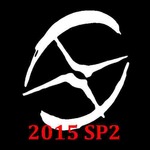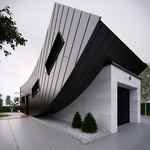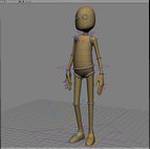Yah, I got that. I've made a LOT of people unhappy with me for insisting they scale scenes of real-world objects to 1 SI unit = 1 decimeter. I also always use inverse square falloff for non-focused lights. I have only ever used an exposure lens shader under extreme duress -- they are Satan's work in softimage! ;-)Kzin wrote: 1 si unit is 10cm, so 10 units are 1 meter, thats the global value. all lights should use the correct falloff with exponent of 2. dont use the photographic lens shader and all is fine with scaling of lights. keep also your scene in realistic units then you dont have problems.
if you use the mia_photometric light shader then you should set the cd/m1^2 to 10000 and units to meter scale to 10.
I'm glad to hear that the photometric light shader is in cd/sq._meter (of course there is no intensity slider, much less anything labeled CD/sq.m). However, the photometric light shader also does not like values over 1000.
I guess what I'm really asking for is either a slider calibrated AND LABELED in some real-world unit like cd/sq.m as well as consistency across the various light shaders. I'm quite sure this will never happen in an AD product.

































































